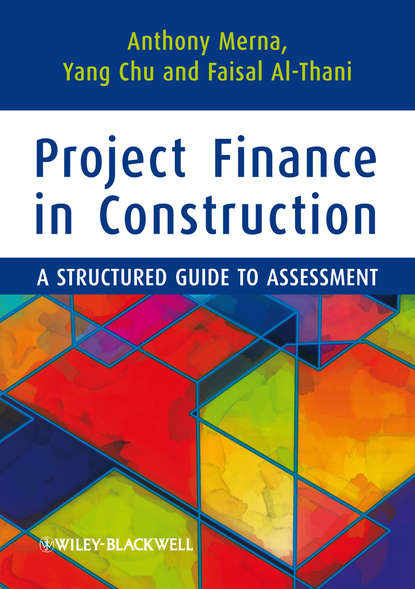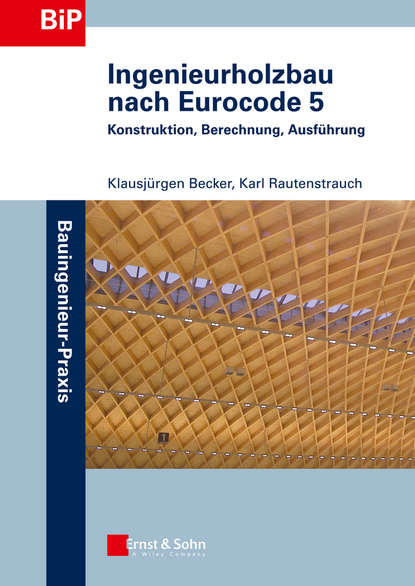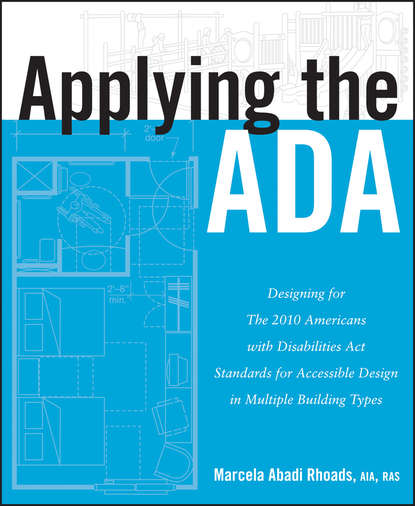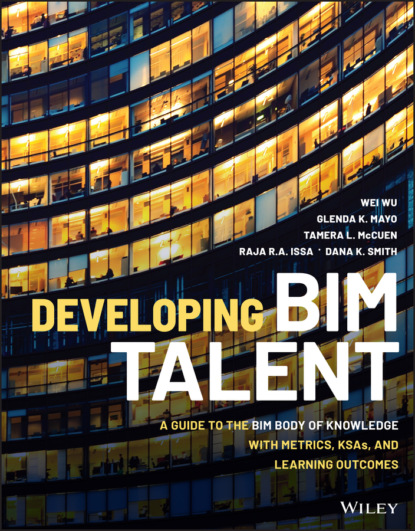Книга "Project Finance in Construction" рассказывает о проектном финансировании, которое используется в мировом строительстве. Это финансирование применяется в разнообразных проектах, таких как электростанции, объекты по утилизации отходов, телекоммуникационные объекты, мосты, тоннели, железнодорожные сети, а также строительство больниц, образовательных учреждений, государственных объектов размещения и туристических объектов. Авторы книги рассматривают вопросы, связанные с финансовой оценкой проектов, которая является фундаментальной для принятия решения о выдаче займа. В книге рассматриваются следующие вопросы: как стейкхолдеры воспринимают использование финансовых инструментов; почему и как проводится финансовая оценка; кто должен быть вовлечен в этот процесс; где и когда он должен проводиться; какие данные должны быть использованы; и как эта информация должна быть представлена. Книга обращает внимание на неопределенность в финансовых рынках, которая заставляет спонсоров строительных проектов тщательно рассматривать ликвидность банка, более высокую стоимость финансирования и общую неопределенность спроса. Это приводит к отложению некоторых проектов в некоторых отраслях промышленности. Правительства также испытывают значительное снижение налоговых поступлений, что влияет на их способность финансировать инфраструктурные проекты, часто независимо от предполагаемого спроса. В книге также обсуждается, что поставщики капитала все еще стремятся инвестировать, однако возможностей для этого становится все меньше из-за возможной нестабильности на рынке. Авторы книги уверены, что из-за растущего спроса на глобальную инфраструктуру проектное финансирование вернется к своим уровням до кризиса или даже превысит их, однако заемщики должны будут платить за ликвидность кредиторов. Кроме того, кредиторы будут подвергаться более строгому регулированию как внутреннему, так и внешнему. Книга содержит практические рекомендации для всех заинтересованных в структурировании и оценке проектов. В ней рассматриваются вторичные контракты, связанные с подрядчиками, операторами, финансовыми поставщиками, поставщиками и покупателями, которые могут быть разработаны и оценены для определения их коммерческой жизнеспособности на протяжении жизненного цикла проекта. В книге также представлены детальные кейс-стади, которые показывают, как заинтересованные стороны применяют концепциюпроектного финансирования на практике в строительстве.
The book covers the spread of Project Finance around the globe, including a myriad of different industrial projects like power stations, telecommunication sites, and health facilities. Although financial appraisal of these projects is crucial to lenders, it's commonly accepted that some stakeholders either don't grasp the uses of finance or struggle to understand how financial evaluations are conducted, how involved they ought to be, where and exactly when they ought to take place, just as the type of information needed and how best to present such evaluations? This state of affairs brings uncertainty into financial markets, resulting in resolution of project financing being delayed for some sectors and considerably reducing tax revenues for governments, making it tougher for them to spend on infrastructure projects. While there's still interest from equity providers, opportunities to invest in this market have declined as dislocations have occurred. Nevertheless the drive to construct more widespread infrastructure, especially globally, means project financings should rebound soon, if not quicker than pre-экономические crisis levels. And while lenders' liquidity requirements increase, so do odds of legal regulation on them both interior and exterior. This manual is intended to offer a broad base for everybody, inside or outside the construction business, to appreciate better at structuring project financINGS, beforehand valuing the commercial feasibility of constructing projects with the aid of economic metrics, plus a case study that demonstrates how decision-makers utilizing the principles of Project Financing can translate these concepts into practice.
Электронная Книга «Project Finance in Construction» написана автором Tony Merna в году.
Минимальный возраст читателя: 0
Язык: Английский
ISBN: 9781444323849
Описание книги от Tony Merna
Project finance has spread worldwide and includes numerous industrial projects from power stations and waste-disposal plants to telecommunication facilities, bridges, tunnels, railway networks, and now also the building of hospitals, education facilities, government accommodation and tourist facilities. Despite financial assessment of PF projects being fundamental to the lender’s decision, there is little understanding of how the use of finance is perceived by individual stakeholders; why and how a financial assessment is performed; who should be involved; where and when it should be performed; what data should be used; and how financial assessments should be presented. Current uncertainty in financial markets makes many sponsors of construction project financings carefully consider bank liquidity, the higher cost of finance, and general uncertainty for demand. This has resulted in the postponement of a number of projects in certain industry sectors. Governments have seen tax receipts drastically reduced which has affected their ability to finance infrastructure projects, often irrespective of the perceived demand. Equity providers still seek to invest, however there are less opportunities due to market dislocation. Due to the demand for global infrastructure it is believed that project financings will return to their pre-crunch levels, or more so, however lenders’ liquidity costs will be passed on to the borrowers. Lenders will also be under stricter regulation both internally and externally. The steps outlined in the guide are designed to provide a basic understanding for all those involved or interested in both structuring and assessing project financings. Secondary contracts involving constructors, operators, finance providers, suppliers and offtakers can be developed and assessed to determine their commercial viability over a projects life cycle. Special Features a structured guide to assessing the commercial viability of construction projects explains economic metrics to use in the decision making process detailed case study shows how stakeholders apply the concept of project finance



















